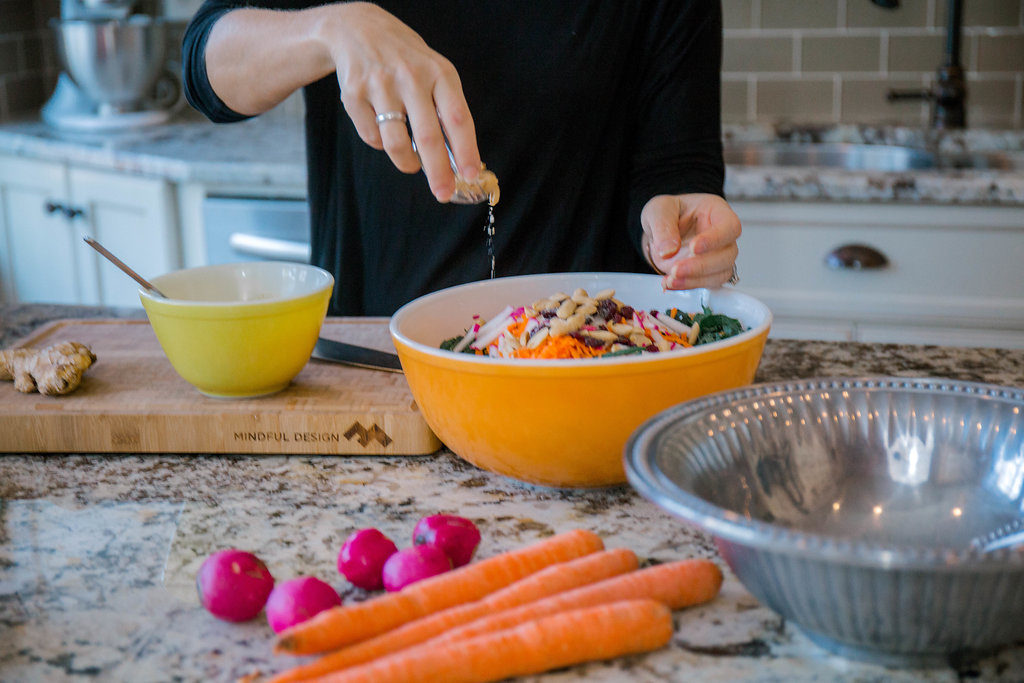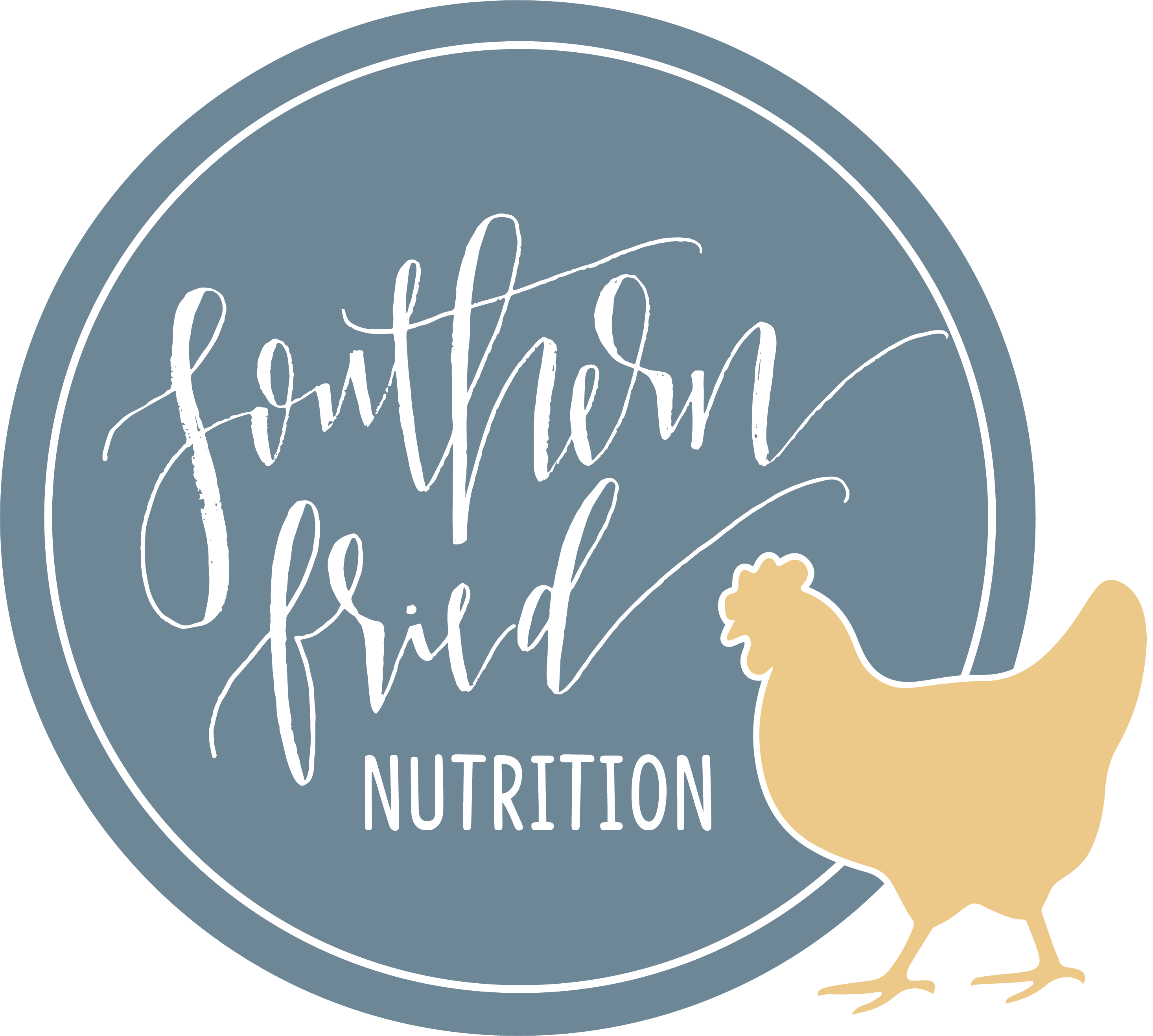I have a love-hate relationship with the new year, y’all! I love the newness, clean slate and opportunities that the new year presents. Closing the book on past chapters and opening a new one by turning the page of the calendar is cathartic for me too. I make lists, goals, and really think about what I want to see come to fruition in the new year. This year is filled with beautiful hopes and desires for me and I hope it is for you too.

Yet, every new year also begins with the same din…the drumbeat of the diet industry. As a registered dietitian, it drives me crazy. I wish that people didn’t start the year thinking about deprivation, how they should eat less, weigh less to somehow be more in the new year. Listen to me: THE NUMBER ON THE SCALE DOES NOT CONFER WORTH TO YOU – or take it away. Read that again if you need to. You are valuable and worthy and beautiful and all the things just as you are. You are special. Amazing. Loved. Just as you are.
Because 2020 started just like so many years past with an obsessive focus on dieting, I wanted to tackle the issue again and focus on the best of the best. What are some ways that you CAN eat to be healthy. Not to lose weight, mind you, although you might do that if you adopt one of these approaches. These diets aren’t about weight loss, per se, they’re about a WAY of eating. In some cases, a way of life. You see, every year, a team of experts are assembled by U.S. News and World Report to review the popular diets of the day and rank them top to bottom. And because I’m crazy about you and want you to eat healthy, tasty, nourishing food, we talked about the top 10 (and the ones at the bottom) on the podcast!
Click to listen to What to Eat in 2020 here or subscribe via iTunes,Stitcher, Google Play, and more by searching for Southern Fried Girlfriends Podcast on your favorite podcast app. Swing on over to The Southern Fried Girlfriends Facebook page to chat about this topic, get some other resources, and stay connected.
If you’re going to adopt any of these ways of eating, you’ll need a bit more information. Here are some resources for each of the top 10:
- (1) Mediterranean Diet – a way of eating that is primarily plant-based and reflective of the dietary patterns of people living near or around the Mediterranean Sea. Good resources include Old Ways, A practical guide to the Mediterranean Diet by Kathy McManus from the Harvard website, and The 30-minute Mediterranean Diet Cookbook by Serena Ball and Dana Seagrave-Daly.
- (2) DASH Diet (tie) – DASH stands for dietary approaches to stop hypertension and is a way of eating that was developed to help control high-blood pressure. As the diet suggests, it started as a dietary treatment, but has been proven to be a great way to eat for anyone who wants to reduce their risk for cardiovascular disease. Learn more at DASH Eating Plan page by the NIH, any of these DASH diet books by Marla Heller, and DASH Diet for Dummies.
- (2) Flexitarian (tie) – not ready to completely vegetarian? This might be a great choice! Learn more at the U.S. News and World Report’s introduction to the flexitarian diet.
- (4)WW – typically, WW gets high marks on this list each year. If you need lots of structure and accountability – and weight loss is your main goal – this might be for you. See what U.S. News and World Report had to say at this post to learn more
- (5) Mayo Clinic (tie) – like WW, this diet was developed for weight loss, so if that’s your primary goal, this diet may be able to help. You can learn more at the Mayo Clinic’s introductory page (there’s also a quiz to see if/how this dietary approach could help).
- (5) MIND Diet (tie) – developed to help fight cognitive decline, the MIND diet is a combination of the Mediterranean diet and the DASH diet. Learn more about the MIND diet in this article and The MIND Diet: A scientific approach to enhancing brain function and helping prevent Alzheimers and Dementia.
- (5) Volumetrics Diet (tie) – the Volumetrics Diet is based on the idea that we eat a similar quantity of food each day, regardless of the calories, so if we can reduce the calories of that volume of food we will lose weight. On the CDC website, there are some great practical tips for incorporating the keys from this approach in this handout and The Ultimate Volumetrics Diet by Barbara Rolls and Mindy Herman takes you through the whole plan.
- (8) Therapeutic Lifestyle Diet (TLC) – this approach was developed to help reduce cholesterol and lower heart disease risk. The NIH has great resources at their website including this free guide to the diet.
- (9) Nordic Diet (tie) – based on the diets of Norway, Denmark, Iceland and Sweden, known for eating a lot of seafood (healthy fats!), vegetables, and fermented foods. Learn more about this diet from this article at Harvard’s website and The Nordic Way by Arnie Strup, Jennie Brand-Miller and others. Bonus if you want to cook more, try Scandinavian Comfort Food by Trine Hahnemann.
- (9) Dean Ornish Diet (tie) – this approach was designed to reverse cardiovascular disease and is a low-fat vegetarian diet. Learn more about the nutritional aspects of the plan at the Dean Ornish Lifestyle Medicine or Undo It! by Dean and Anne Ornish.
- (10) Vegetarian Diet – primarily free from animal foods, a vegetarian diet focuses on plant foods – fruits, vegetables, whole grains, nuts, seeds, beans and legumes. Some vegetarians also eat eggs and dairy. Old Ways has a good guide for vegetarian eating including a modified pyramid.
Get the whole list from U.S. News and World Report here and you can see where your favorite (maybe fad) diet rates and why.

